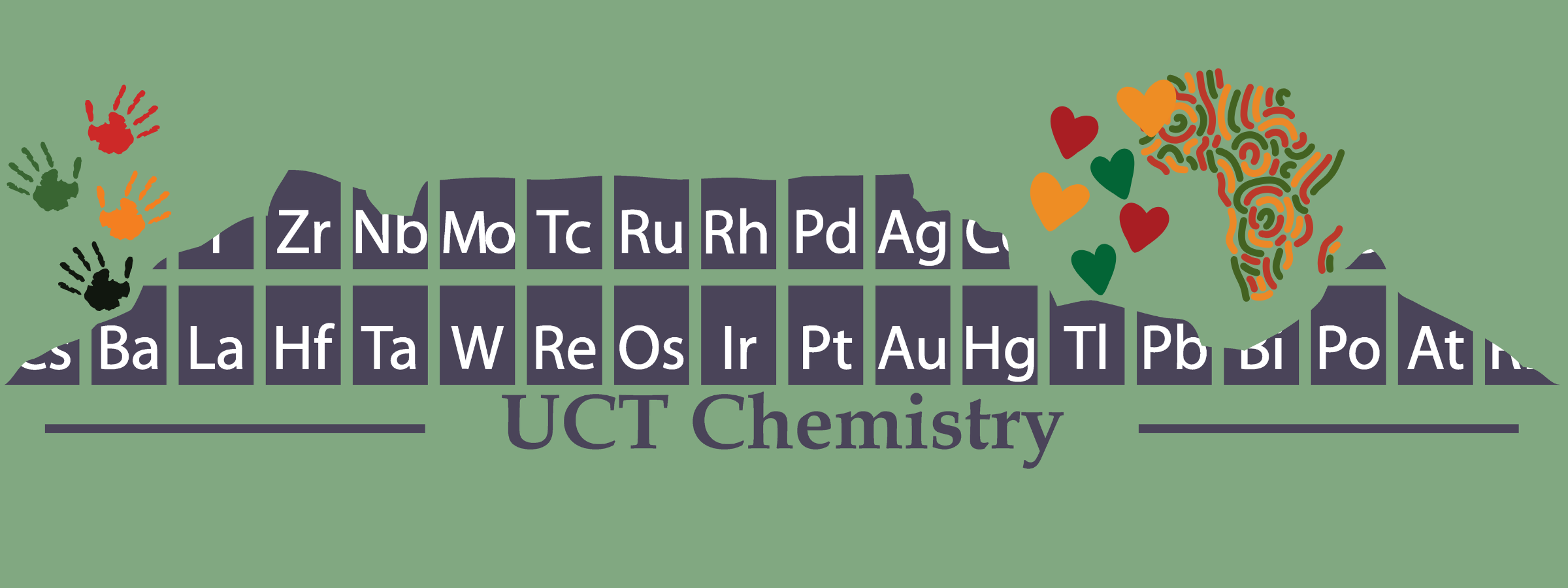Prof Allen Rodgers
6.41, PD Hahn building, upper campus
Biography
- Emeritus Professor & Senior Research Scholar (2011—present), University of Cape Town, RSA
- Professor and Head of Department of Chemistry (2002—2011), University of Cape Town, RSA
- Professor (1997—2001), University of Cape Town, RSA
- Associate Professor (1987—1997), University of Cape Town, RSA
- Senior Lecturer (1982—1986), University of Cape Town, RSA
- Lecturer (1976—1981), University of Cape Town, RSA
- BSc Honours (1967), MSc (1969), PhD (1974), University of Cape Town, RSA
- Fellow of the Royal Society of South Africa (2011)
- Life Fellow of University of Cape Town (2004)
- Associate Editor UROLITHIASIS (2010—present)
Research Interests
My research focuses on the physicochemical and biochemical risk factors associated with the formation of kidney stones. This research area lends itself very well to computer modelling followed by laboratory experimentation and pilot human trials because the process of stone formation involves the fundamental laws of physical chemistry pertaining to solubility, saturation, supersaturation, chemical kinetics, chemical equilibrium, precipitation and crystallization. Application of these concepts in crystallization processes in urine provides insights into the physicochemical factors which influence stone initiation and growth and gives direction to the development of treatment protocols. My research investigates conservative dietary and supplemental interventions for reducing the risk of stone development. Nutrients and supplements of interest are polyunsaturated fatty acids, phytate, mineral waters, pomegranate, green teas, vitamin E, and traditional herbal dietary agents and stone medications. Of great interest is that although stone disease occurs in the South African white population to the same extent as elsewhere in western societies, it is rare in the black population. Investigation of this phenomenon is an ongoing and important focus of my research.
I have successfully supervised 30 MSc and PhD students in this field.
Representative Publications
- Rodgers A. Race, ethnicity, and urolithiasis: a critical review. Urol Res 2013, 41:99-103
- Rodgers A. Urinary saturation: Casual or causal risk factor in urolithiasis. BJU International 2014, 114:104-110
- Rodgers A. Physicochemical mechanisms of stone formation. Urolithiasis 2017,45: 27-32
- Fakier S, Rodgers A, Jackson G. Potential thermodynamic and kinetic roles of phytate as an inhibitor of kidney stone formation: theoretical modelling and crystallization experiments. Urolithiasis: 2019,47:493-502
- Rodgers A, Cele P, Ravenscroft N, Edmonds-Smith C, Jackson G. Theoretical and laboratory investigations of the effects of hydroxyproline ingestion on the metabolic and physicochemical risk factors for calcium oxalate kidney stone formation in a small group of healthy subjects. Int Urol Nephrol 2019, 51: 1121-1127
- Rodgers A, Siener R. The Efficacy of Polyunsaturated Fatty Acids as Protectors against Calcium Oxalate Renal Stone Formation: A Review. Nutrients. 2020; 12(4):1069
- Ahmed A, Rodgers A, Elmagbari F, Jackson G. In support of hydroxycitrate being clinically investigated as a potential therapy of nephrolithiasis: Theoretical modelling and in vitro experiments. J Cryst Growth. 2021; 558: 125956
- Williams JC, Gambaro G, Rodgers A, Asplin J et al. Urine and stone analysis for the investigation of the renal stone former: A consensus conference. Urolithiasis. 2021; 49: 1-16. https://doi.org/10.1007/s00240-020-01217-3
- Jappie D, Rodgers A, Webber D, Gohel M. Seeking consistency for the role of urinary macromolecules and glycosaminoglycans in calcium oxalate crystallization processes pertaining to the risk of renal stone formation using a multi-faceted basic science approach. Clin Chim Acta 2021; 521: 76-84
- Jappie D, Rodgers A, Ravenscroft N, Webber D, Gohel M. Composition and inhibitory properties of endogenous urinary GAGS are different in subjects from two race groups with different occurrence rates of kidney stones: Pilot studies provide unique evidence in support of an inhibitory role for this group of compounds. Clin Chim Acta 2022; 525: 84-90
